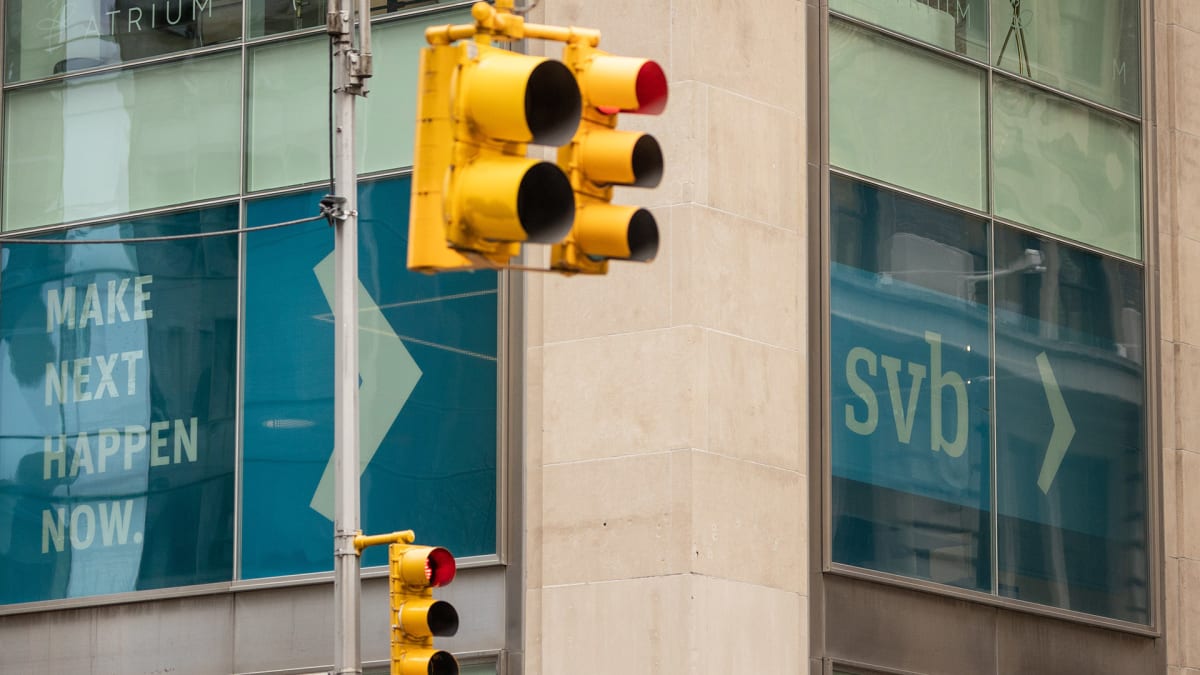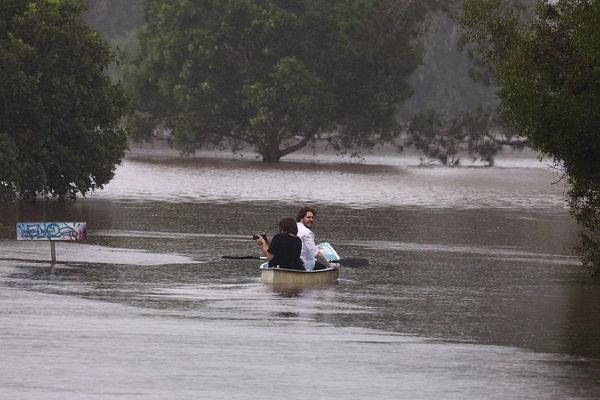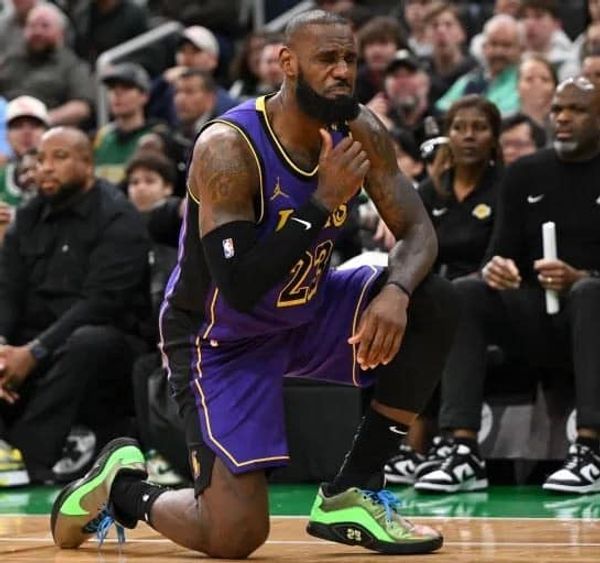
Silicon Valley Bank and Signature Bank in New York were shut down by U.S. regulators within 48 hours.
In the case of SVB, the Santa Clara, Calif., bank was hit by a bank run due to its surprise announcement that it needed to raise $2.25 billion of capital, after having suffered a $1.8 billion loss on its bond portfolio.
America's 16th-largest bank, with assets of $209 billion at the time of its closure, had made a bad bet on interest rates.
Signature Bank in New York was, for its part, exposed to the cryptocurrency industry, which has been shaken by bankruptcies, including the resounding downfall last November of the FTX cryptocurrency exchange and its sister company, Alameda Research.
Critics See Lack of Regulation at the Core
Each of the banks found itself abandoned by their customers, who feared that they wouldn't be able to get their money back. So they rushed to withdraw their funds simultaneously.
To avoid a liquidity crisis and contagion, the regulators shut down the two banks. SVB and Signature Bank in New York became, respectively, the second-largest and third-largest bank failures in U.S. history.
Other regional and midsize banks appear vulnerable to bank runs, as rumors around them continue to circulate.
Many critics say this situation could have been avoided if the proper regulations had been in place.
"During the Obama-Biden administration, we put in place tough requirements on banks, like Silicon Valley Bank and Signature Bank, including the Dodd-Frank law to make sure that the crisis we saw in 2008 would not happen again," President Joe Biden said on March 13. "Unfortunately, the last administration rollbacked some of these requirements."
"I'm going to ask Congress and the banking regulators to strengthen the rules for banks to make it less likely this kind of bank failure would happen again, and to protect American jobs and small businesses."
The collapse of the two banks comes almost four years after former President Donald Trump, with bipartisan support from Congress, signed a bill relaxing the Wall Street reform and consumer protection act known as Dodd-Frank.
This law from the Obama administration came after the financial crisis of 2008. It mandated that any bank with assets of more than $50 billion would be subject to strict supervision by federal regulators. It had to pass "stress tests" overseen by the Federal Reserve, have capital that could cover unexpected losses and had to obtain the approval of regulators to distribute dividends.
The law also limited banks' ability to invest in risky assets.
But bank lobbyists had pressured the Trump administration to loosen these requirements. They wanted the threshold at which a bank had to be regulated by federal agencies to be raised from $50 billion to $250 billion in assets because regional banks, they claimed, did not threaten the financial system.
SVB's CEO Campaigned for Less Regulation
"SVB, like our midsized bank peers, does not present systemic risks," Greg Becker, CEO of SVB, wrote to the Senate in 2015, to vent against Dodd-Frank, presenting his bank as "traditional banking," meaning taking in deposits and lending money out.
"Given the low risk profile of our activities and business model, such a result would stifle our ability to provide credit to our clients without any meaningful corresponding reduction in risk," Becker said about the $50 billion threshold.
He argued that more regulation would divert resources away from job creation. "As a result of taking these steps, we believe we are effectively managing the risks of our business and reasonably planning for possible unfavorable futures business scenarios," Becker said.
Becker and the other midsize bank executives prevailed.
Four years later, SVB appears to have operated for many months without a chief risk officer. The bank announced only last January that it appointed a risk chief to focus on "developing and maintaining SVB's risk management framework and a culture of risk management across the company," according to a news release.
As of Dec. 31, 2018, seven months after deregulation, KeyCorp (KEY) had assets of $139.6 billion. A year later, these assets amounted to $145 billion. On Dec. 31, 2022, the bank's assets were $189 billion.
First Republic Bank (FRC), for its part, recorded an increase in its assets to $212.6 billion as of Dec. 31, 2022, more than double the $99.2 billion as of Dec. 31, 2018.
Zions Bancorp. (ZION) had assets of $68.7 billion as of December 31, 2018. Four years later, these assets had grown to $90 billion.
Western Alliance Bancorp (WALPL) , had assets as of Dec. 31, 2022 of $67.7 billion, almost triple the $23.1 billion reported on Dec. 31, 2018.
And PacWest Bancorp (PACW) had assets valued at $41.2 billion as of Dec. 31, 2022, compared with $25.7 billion on Dec. 31, 2018.







